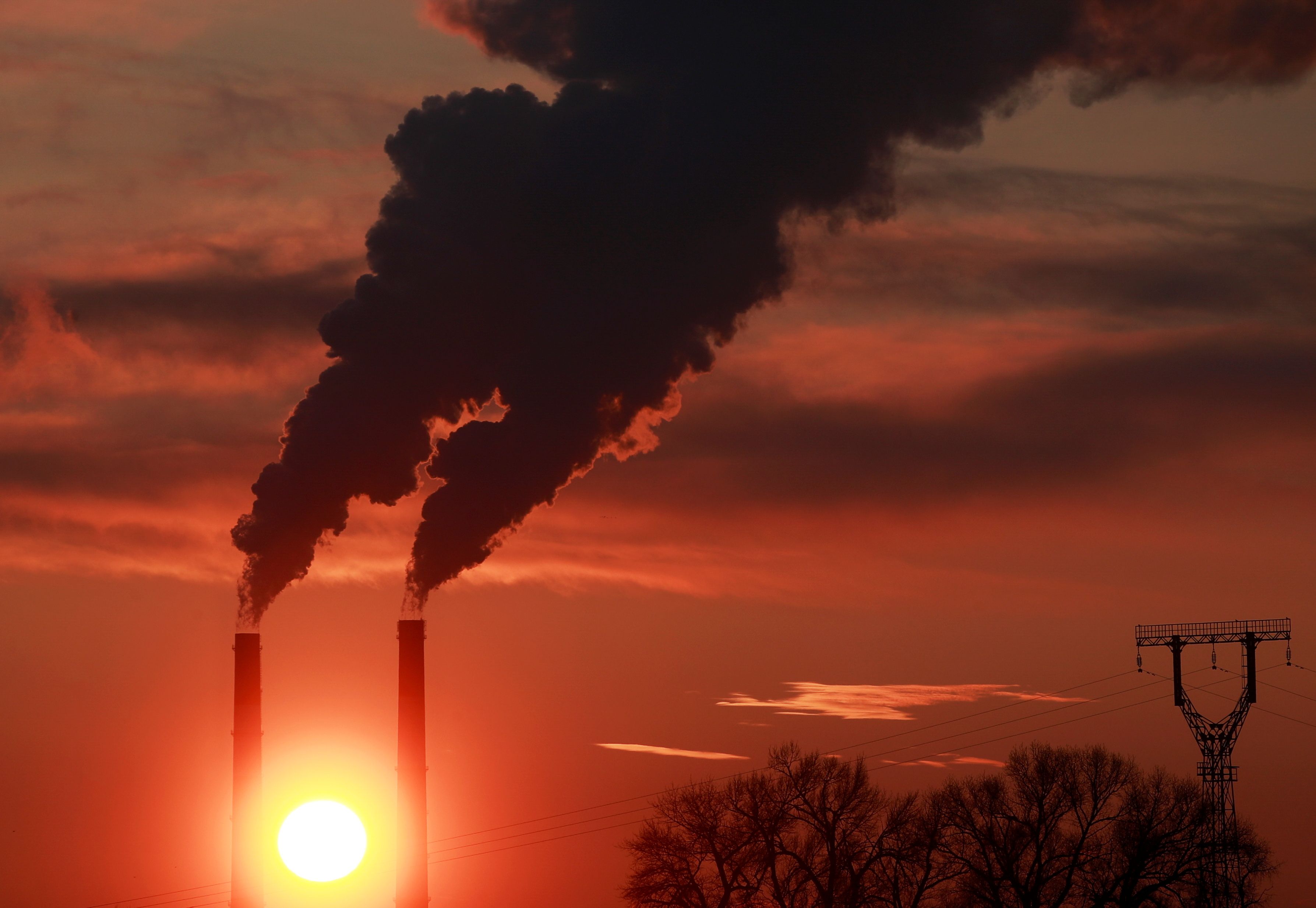Ukrainian Energiewende: German Engagement in Ukraine’s Energy Transition

Ukrainian Energy Sector Transition
In “Energy Strategy of Ukraine until 2035” (ESU), which sets the long-term direction of development of the country’s energy sector, nuclear power plants—generating more than 50% of Ukraine’s electricity—are to remain the main source of electricity for another 15 years. However, their condition requires significant financial inputs, as 12 of the 15 units have exceeded their service life. State policy is not conducive to modernisation because the lower tariffs for electricity generated by nuclear power plants have reduced the investment capabilities of the state-owned company Enerhoatom, which manages them. Further delays in the modernisation of the nuclear power units will make it necessary to shut them down sooner than the ESU anticipates.
The ESU foresees renewable energy overtaking coal. The share of RES in the energy mix is to increase from the current 13% to over 25%, thanks to one of the highest green tariffs in Europe. They are financed by state-owned company Guaranteed Buyer with profits from sales on the market of energy from nuclear and hydroelectric power plants purchased at a discounted price. The share of coal is to be gradually reduced (at present, coal-fired power plants generate about 30% of electricity), mines are to be privatised and those which are unprofitable are to be liquidated. The ESU also envisages reducing dependence on anthracite mined in occupied Donbas. This may be achieved, for instance, by replacing the units that use anthracite with coal- or gas-fired equivalents, the share of which in the energy sector currently stands at 6%. The ESU assumes that the total share of fossil fuels in the Ukrainian energy sector will fall to 32% by 2035.
The Association Agreement with the European Union plays an important role in the transition of the Ukrainian energy sector. It obliges Ukraine to implement the EU acquis in such areas as the operation of the electricity market, safety standards for nuclear reactors, and energy efficiency improvements. The EU does not promote specific models of the energy transition in Eastern Partnership countries, supporting decarbonisation through the development of RES as well as the modernisation of nuclear power plants. Last February, then-Deputy Prime Minister of European and Euro-Atlantic Integration Dmytro Kuleba declared that Ukraine was interested in joining the European Green Deal initiative, which aims to achieve climate neutrality by 2050.
Germany’s Involvement in Ukraine
Germany is involved in the energy transition process in Ukraine by providing it with financial and advisory support. It also promotes the German model (Energiewende), which is based on state-supported development of RES, increasing energy efficiency, and decommissioning nuclear and coal-fired power plants. A declaration on energy partnership signed on 26 August 2020 at the ministerial level sets the framework for German-Ukrainian energy cooperation. The implementation of projects specified in the declaration is to be supported by, among others, the German Society for International Cooperation (GIZ), which has already allocated €50 million for this purpose. The promotion of “Energiewende in Ukraine” provides a market for German goods and services from the renewable energy sector. The high level of state support for implementation of this model in Germany—estimated at €680 billion to €1 trillion between 2000 and 2040—in turn allows German companies to gain a competitive edge in foreign markets. For example, companies with German capital already account for around 25% of global wind turbine production.
The first comprehensive project, initiated among others by the German government, is the Energy Efficiency Fund (EEF). Its aim is to reduce CO2 emissions in Ukraine through thermal modernisation of multi-family houses. The EEF is financed by Ukraine, the EU, and Germany. Technical support for the EEF is provided by GIZ. The second project initiated by Germany is the production in Ukraine of so-called green hydrogen (using RES) intended for export to Germany. To this end, the Ukrainian energy ministry signed an agreement with Siemens Energy on 9 December last year on cooperation in the implementation of pilot hydrogen projects in Ukraine. The framework for their implementation is to be provided by the hydrogen strategy being developed by the Ukrainian energy ministry with the support of German experts. The project would involve the construction of RES-based electrolysers in the south of Ukraine and transporting the hydrogen produced there via existing gas pipelines through the territory of Slovakia and Czechia to Germany. The hydrogen would be blended with natural gas or, after upgrades to the transmission network by German companies, transported in its pure form. In total, Germany plans to allocate around €600 million for hydrogen investments in Ukraine. Support for Ukrainian hydrogen projects is also declared by the European Commission.
GIZ and the Ukrainian government also intend to launch a pilot project for the transformation of post-mining regions in 2021. It is to cover two mines in Chervonohrad in the west and Myrnohrad in the east of the country. The programme will be supervised by the German Federal Government Commissioner for Structural Change in the Ukrainian Coal-Mining Regions. The post was assumed on 2 December by Stanislaw Tillich, who had previously served as co-chairman of the so-called coal commission, which was developing a plan for Germany to phase out coal mining and transform post-mining regions.
Conclusions and Perspectives
The main objective of German support for RES development in Ukraine is to gain a market for products and services offered by German companies from the energy sector. Although foreign investments in renewable energy are beneficial for Ukraine, their development at the expense of nuclear energy may be detrimental to the stability of the energy system. However, the chances of the implementation of Energiewende in Ukraine in terms of replacing nuclear power with RES are low in the coming years. However, the neglect of the nuclear sector and Germany’s lobbying for a nuclear phase-out in Ukraine may accelerate the process of decommissioning the country’s nuclear power units. This is in the interest of Germany, which sees nuclear power as competing with RES.
It would be more beneficial for Ukraine and its cooperation with Poland to support decarbonisation by maintaining the key role of nuclear energy in Ukraine while developing RES and gas-fired power generation. This would reduce CO2 emissions while developing Polish-Ukrainian cooperation in the natural gas sector. The implementation of this model of energy transition would also be less expensive for the Ukrainian energy sector, which is heavily indebted due to the high costs of RES subsidies. Poland may seek to implement joint projects with the U.S. (re-export of American LNG) or France (construction and modernisation of nuclear power units). It may also independently develop programmes to support Ukraine in the transformation of post-mining regions and the modernisation of coal-fired units into gas-fired ones, which could benefit Polish companies in this sector.
Germany will intend to use its commitment to the energy transition in Ukraine–in particular the development of green hydrogen–during the NS2 negotiations with the US. They will argue that this would compensate Ukraine for some of the losses resulting from reduced transit of Russian gas (which will flow through NS2) through its territory. In return, Germany may expect the US to lift current sanctions against NS2 or refrain from introducing new ones. Such a scenario, if implemented, would be unfavourable from Poland's point of view- it would not prevent the construction of NS2 and, at the same time, would create serious competition on the European market for Polish hydrogen producers. Poland together with Ukraine may seek to prevent the U.S. from agreeing to such a compensation mechanism. They may also seek to be included in talks on the future of NS2 to take into account the interests of both countries.


